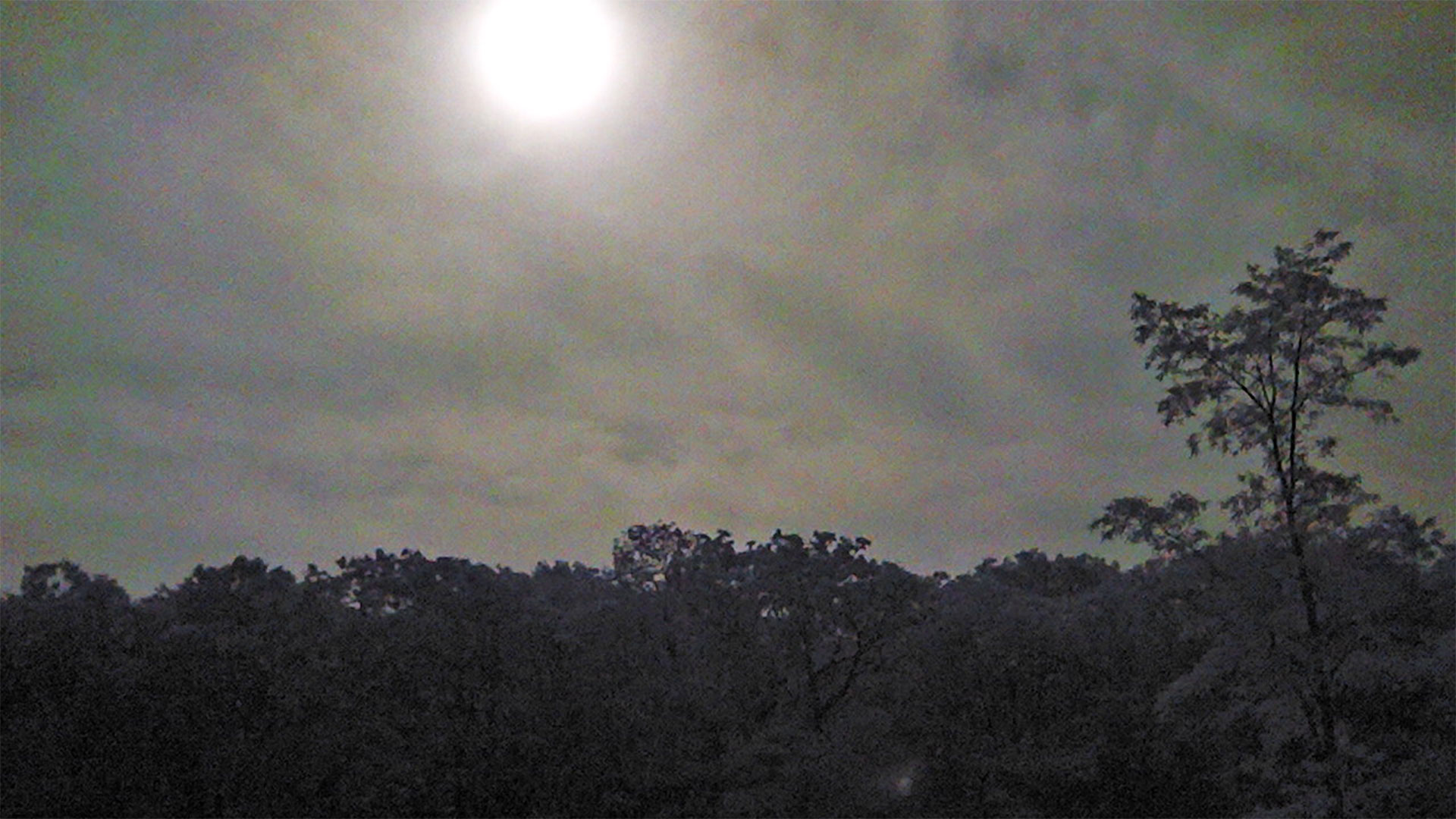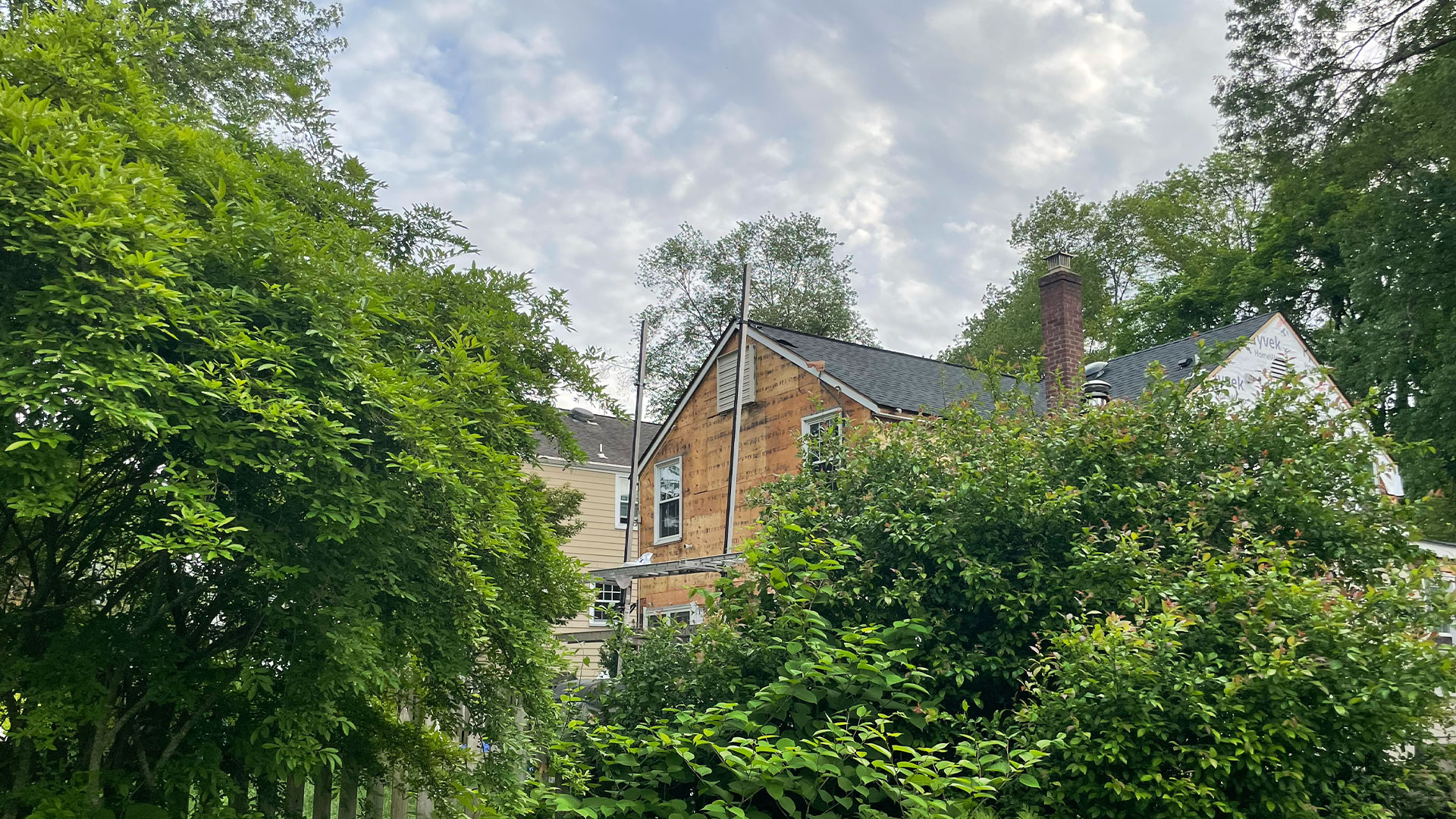I love getting obsessed with projects. It is a good sign when one can take a deep dive into a project and manage to get lost for large swaths of time. Lately, because of a rather complicated schedule, I’ve been working on projects that get stretched over long periods of time. I just completed a new sound effects collection, REA_016 Rockets 2: Static Burns. I recorded all of the material at two different locations over the course of last summer and fall. I’ve found it useful to revisit material months to years after it has been recorded.[1]
I started thinking about this library shortly after I released REA_001 Rockets. A number of customers requested steady state rocket burns, and I was more than happy to oblige, but in due time. I had other libraries I needed to complete first, and frankly, cutting rockets over and over again is not good for the soul or the ear drums. Too much SPL is not what the doctor ordered.[2]
REA_001 was less controlled. I was at the mercy of rocket enthusiasts and the events they attended. I was lucky and built relationships with generous folks who were game to have me record their launches. It worked out wonderfully.[3] When I set out to record static burns, I knew it would be a more controlled situation. Both locations were on private property, there was no big launch event; instead it was me, a test stand, a rocket enthusiast, and a bunch of mics.
I recorded each location with 6–8 channels so I could capture a variety of colors for the library. On high SPL shoots like this dynamic mics can be your friend. One of my favorite mics on both shoots was the Sennheiser MD421. It’s a classic choice on drums and it turns out that it works very well on rocket motors less than 5 feet away.
It is crazy how much that mic can be pushed. I beat the hell out of that thing and it sounded great every take. It provides a real “in your face sound” but also doesn’t pick up much else in terms of the space. It is what I call: “421, Super Dry.” The mic has a really specific presence. It has a lovely amount of low end for a dynamic, and not a false bottom-end like some condensers.
Now compare that sound to one of the distant perspectives. Here is the same take from a distant Schoeps stereo pair.
Quite a different vibe. Here is the same take recorded from a medium perspective with an MKH 40.
There are lot of flavors to play with in this collection, and that was the goal with Rockets 2. These rocket motors have enormous character and texture. One draw back of rocket motors is that they burn fast. I wanted to capture the textures of the individual rocket motors, and a sense of space when needed. With the amount of perspectives delivered, one can work with sounds as wet or dry as you like. Mix and match! Unleash the dry propellant.
Here is another burn with a variety of perspectives to further illustrate all of the rocket motor varietals.
You can find out more about the REA_016 Rockets 2: Static Burns here.
- You better just remember to slate the hell out of your recordings or you are going to be in some serious trouble. ↩
- We probably all need less SPL and more leafy greens. ↩
- Rocket enthusiasts and Antique Engine collectors are some of the nicest people you will ever meet. ↩

Mountain Lake Biological Station

Bird Deck
